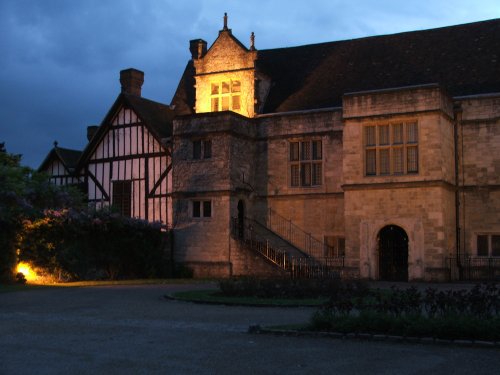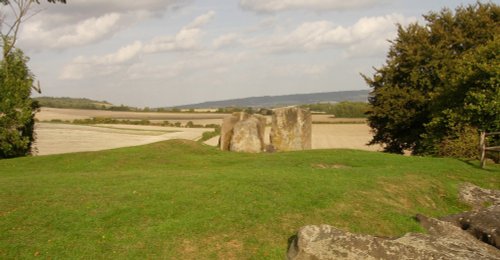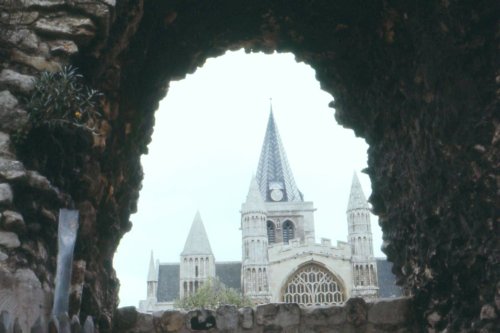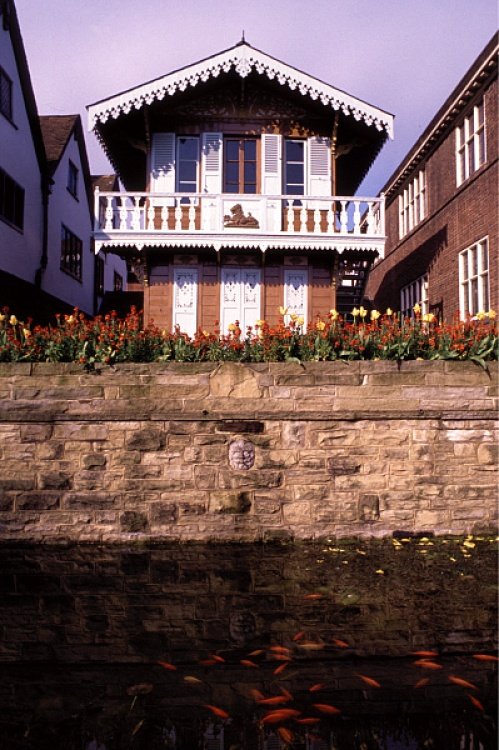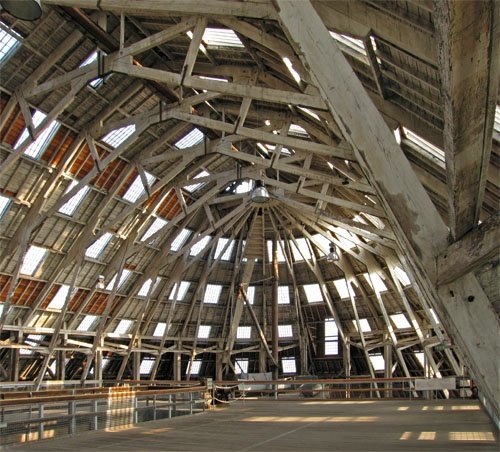Pictures of Maidstone
About Maidstone
Interestingly, there was a time when the most important factor about Maidstone was its 5 watermills which ground grain to flour. Needless to say, this was in in the 10th-century, when the village, as it was then, was owned by the Archbishop of Canterbury and the Domesday Book recorded Maidstone as a village with a large population of 250 inhabitants. This too, is place where the first recorded trial in England was held - the site of which, Pendenen Heath, is now used for recreational purposes only.
The towns occupancy of a prime position on the Medway made it, from the Middle Ages, ideally suited as a natural Market Centre for fruit and vegetables to be gathered from surrounding towns and villages and transported to meet the demands of the city of London. This continues to this day.
In these days too, Maidstone had annual fairs as well as a weekly market. These events were so popular that people travelled from as far afield as London to attend a Maidstone Fair. The produce was always fresh and there was a diverse variety of goods on offer from the local craftsmen who worked in the town.
By the early 14th-century Maidstone had become a sizeble market town with an increasing population of around 2,000. In the year 1348 the horrors of the black death struck and the growing population was greatly diminished. Over the centuries Maidstone continued to suffer from spasmodic epedemics of decease with the final outbreak of plague being in 1666.
Cloth making and related industries flourished during the 16th-century when many refugees settled here following religious persecution in the Low countries. However, at the time of the civil war the town was secured by the parliamentarians. An uprising caused the Royalists to take control of the town but attack by the parliamentarians saw the royalist routed.
As the town increased in size, trade expanded and those that reaped rich rewards gave generously to both church and town and many beautiful buildings were built. The present Archbishops Palace dates from the 14th-century, it has though been altered and renovated several times. Close by this ancient building is the beautiful church of All Saints. It has a nave which spans over 90ft and building began in 1395. There is an attractive 14th-century bridge that spans the River Len in Mill Street, and the 15th-century Corpus Christi Hall is in Earl Street
During the 15th-century, one of the most powerful families in England, the Woodville family, made their home at Mote Park on the edge of the town. Anthony Woodville, Lord Rivers was patron of William Caxton the printer. Elizabeth, his sister married King Edward IV. This beautiful house was rebuilt in the 18th-century and today it is a home for the disabled and owned by the Cheshire charity.
The town museum and art gallery was once the home of another famous family. Chillington Manor was home to the Wyatts who also owned Allington Castle, built in the 13th-century on the edge of the town. It was restored several times and passed into the hands of the Carmelite order.
Maidstone continued to develop and thrive. In the 19th-century a corn exchange was in operation and other industries hit a boom time but throughout the centuries it is the rich farmlands and the production of fruit and vegetables, and later hops, that have remained central to the lifeblood of this delightful town.
A visit to Maidstone will provide you with not just an experience of the history of the town but it will give you all the opportunities of excellent shopping facilities in the most modern surroundings. A museum illustrates the rich history and life of the town throughout the ages, and the interesting inns and pubs will provide you with good food and fine wines, and of course a jolly pint or two brewed from local hops!
